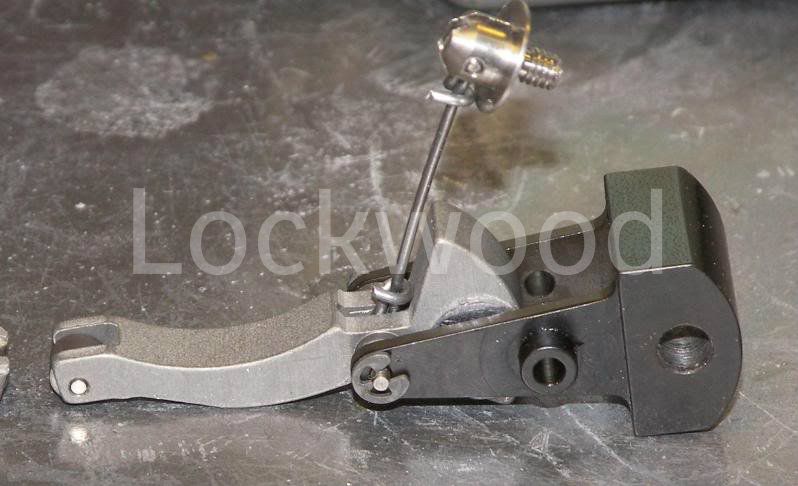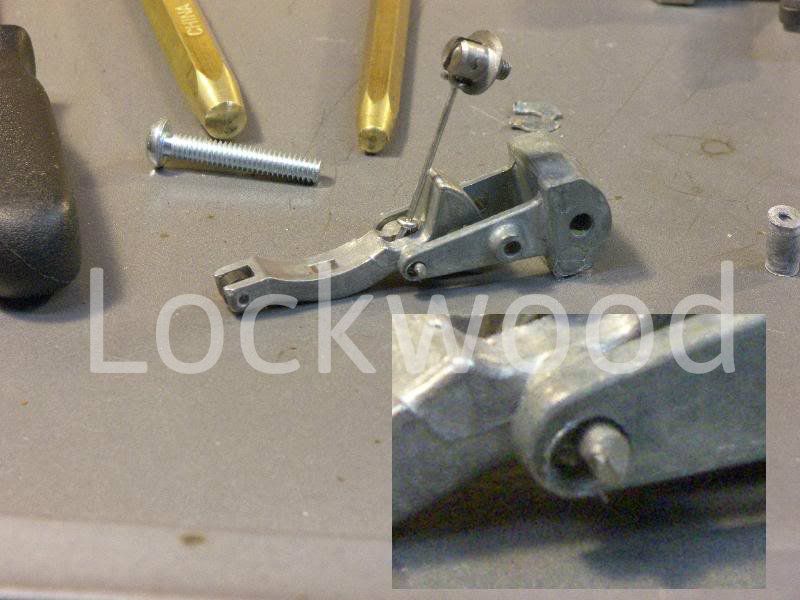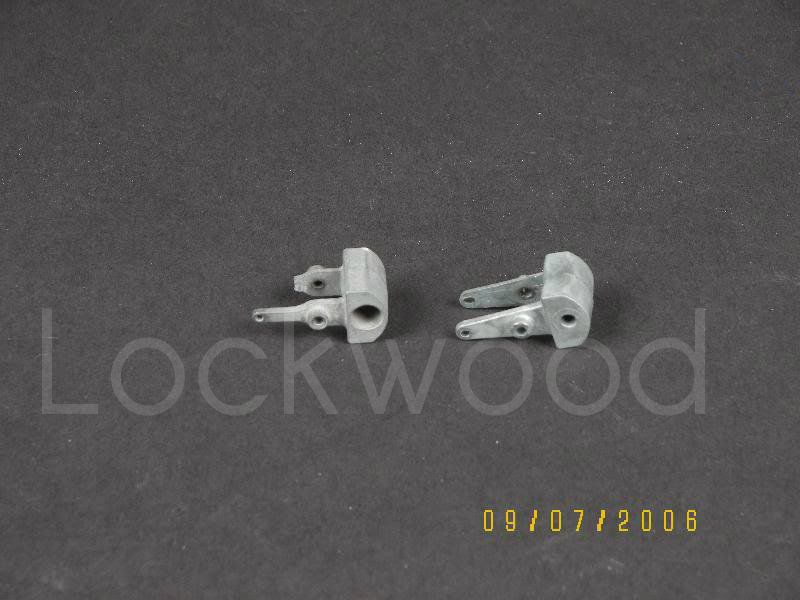Re: F.I. engine quits running 5 seconds after key returns to ON position
Richard, Very confusing post until Jim Lockwood cleared it up by stating you have a 7380 FI unit. I was mislead as your post says 63-64.
To repeat what Jim said using my language. A 64-65 7017380 FI unit is unique in the fact that it will start and run a few seconds using engine fuel pump pressure feeding the Skinner valve (starting solenoid).
In fact you could take the drive cable out and put it in your pocket and the car will still start up. The FI unit can be literally trashed and the car will still start but only run briefly.
Many good suggestions above.
Remove the drive cable housing completely. Just put the bare drive cable in the high pressure pump and the distributor. That way you can see it turning.
Make sure the end of the cable is not rounded off. Next get a helper. Remove a nozzle line and put a little can under it. Pull the coil wire. Crank the engine to see if you have a healthy stream of gas coming out the nozzle line. If so then your FI unit may be OK and you have electrical issues.
How is your ignition coil? Original of repro. If you suspect coil problems go to NAPA for a UC12 black coil. Or GM 12337166 U505. Replaces the 202 coil.
Jim Lockwood etal. When installing the tiny brass anti-siphon valves in the fuel meters (not for a novice) do not put them in dry. Use Permatex Threadlocker Red aka as PX #27100 or just Permatex 271. Now this stuff is permanent. The valve will never fly out then. Jerry Bramlett taught me this. But put the 271 on carefully with a toothpick. Don't get it in the hole-just on the edge.
Could the needle and seat be stuck under the float. Was any teflon tape used anywhere in the fuel system? If so a hunk could have gotten under the FI needle and seat making it stick and therefore not enough gas flow.
Hi-pressure pump issues although I doubt this. The drive gear on the pump shaft has a short pin holding the gear on. Could this be a problem. I only ever saw this happen once though. The pin was too short holding the gear on and the shaft turned but the gear did not. Therefore no pump pressure.
Is the engine fuel pump OK
One time this same thing happened to a member of the Pittsburgh chapter. Just remembered this as it happened 20-25 years ago.
The culprit was the POC gas cap. The 65 would start and run about 5 seconds. I had just rebuild the unit. Was very frustrated when I went to his house and couldn't fix the problem. So I decided to look in the gas tank and the cap about blew off when I took it off. I left the cap off and started the car and it ran like a clock. We put a rag where the cap goes and went out for a long ride in his coupe.
Another time the same thing happened and it was the ballast resistor.
One more: One time the igntion points were closed big time. Opened them up a tad and the car started and ran.
Another time it was a faulty repro coil.
Remove the distributor shield and put it on the shelf. They are totally junk you know. Should be outlawed so they should. The distributor shield could have cut a wire or shorted out the plug wires.
Richard, Very confusing post until Jim Lockwood cleared it up by stating you have a 7380 FI unit. I was mislead as your post says 63-64.
To repeat what Jim said using my language. A 64-65 7017380 FI unit is unique in the fact that it will start and run a few seconds using engine fuel pump pressure feeding the Skinner valve (starting solenoid).
In fact you could take the drive cable out and put it in your pocket and the car will still start up. The FI unit can be literally trashed and the car will still start but only run briefly.
Many good suggestions above.
Remove the drive cable housing completely. Just put the bare drive cable in the high pressure pump and the distributor. That way you can see it turning.
Make sure the end of the cable is not rounded off. Next get a helper. Remove a nozzle line and put a little can under it. Pull the coil wire. Crank the engine to see if you have a healthy stream of gas coming out the nozzle line. If so then your FI unit may be OK and you have electrical issues.
How is your ignition coil? Original of repro. If you suspect coil problems go to NAPA for a UC12 black coil. Or GM 12337166 U505. Replaces the 202 coil.
Jim Lockwood etal. When installing the tiny brass anti-siphon valves in the fuel meters (not for a novice) do not put them in dry. Use Permatex Threadlocker Red aka as PX #27100 or just Permatex 271. Now this stuff is permanent. The valve will never fly out then. Jerry Bramlett taught me this. But put the 271 on carefully with a toothpick. Don't get it in the hole-just on the edge.
Could the needle and seat be stuck under the float. Was any teflon tape used anywhere in the fuel system? If so a hunk could have gotten under the FI needle and seat making it stick and therefore not enough gas flow.
Hi-pressure pump issues although I doubt this. The drive gear on the pump shaft has a short pin holding the gear on. Could this be a problem. I only ever saw this happen once though. The pin was too short holding the gear on and the shaft turned but the gear did not. Therefore no pump pressure.
Is the engine fuel pump OK
One time this same thing happened to a member of the Pittsburgh chapter. Just remembered this as it happened 20-25 years ago.
The culprit was the POC gas cap. The 65 would start and run about 5 seconds. I had just rebuild the unit. Was very frustrated when I went to his house and couldn't fix the problem. So I decided to look in the gas tank and the cap about blew off when I took it off. I left the cap off and started the car and it ran like a clock. We put a rag where the cap goes and went out for a long ride in his coupe.
Another time the same thing happened and it was the ballast resistor.
One more: One time the igntion points were closed big time. Opened them up a tad and the car started and ran.
Another time it was a faulty repro coil.
Remove the distributor shield and put it on the shelf. They are totally junk you know. Should be outlawed so they should. The distributor shield could have cut a wire or shorted out the plug wires.




Comment